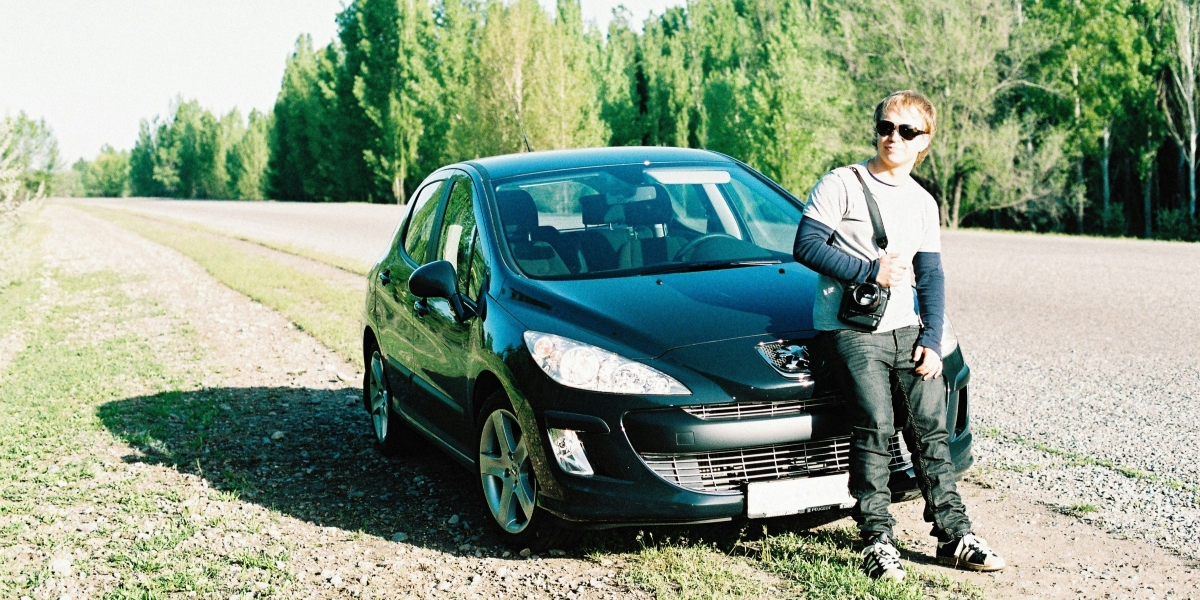Introduction to Metal Roofing
Metal roofing’s remarkable rise in popularity in recent years can be attributed to its extraordinary durability, sustainability, and modern appeal. Metal roofs, as opposed to conventional roofing materials, offer a durable alternative that can survive inclement weather, including deep snow, powerful winds, and extremely high or low temperatures. For those looking to invest in a reliable and robust roof, consulting metal roofing experts near you can provide invaluable insights and guidance.
Durability and Longevity
One of the main benefits of metal roofing is its impressive durability. Metal roofs have a lifespan ranging from 40 to 70 years, which substantially outlasts traditional asphalt shingles, typically lasting only 12 to 20 years. This longevity is attributed to the robust nature of metals like steel, aluminum, and copper, which are resistant to weathering, rust, and other forms of decay that commonly affect other roofing materials. Additionally, the strength and resilience of metal roofs mean less frequent repairs, replacements, and maintenance, making them an economically wise choice in the long run. The use of protective coatings and finishes further enhances their ability to withstand environmental elements and physical damage, ensuring a sustained aesthetic appeal and functional performance over the decades.
Energy Efficiency
Metal roofs are well known for being energy-efficient, which makes them a great option for homes trying to cut expenses and consumption of energy. The inherent reflective properties of metals enable metal roofs to reflect solar radiant heat rather than absorb it, which can significantly lower cooling costs by 10-25%, providing a comfortable indoor environment during hot summer months. According to Energy.gov, implementing cool roofs can also enhance indoor comfort, reduce the need for air conditioning, and ultimately alleviate the environmental footprint associated with excessive energy use. The energy efficiency of metal roofs is further bolstered by advanced coatings and finishes designed to maximize reflectivity and minimize heat loss, contributing to overall energy savings year-round.
Sustainability and Environmental Impact
Choosing metal roofing is not only beneficial for homeowners but also for the environment. At the end of their useful lives, the majority of metal roofs are made entirely of recyclable components, with 25–95% of them being recycled. This remarkable recyclability encourages the use of recycled resources and minimizes landfill waste—a critical benefit in an era of growing environmental consciousness and sustainability initiatives. Purchasing a metal roof is one way that homeowners may help reduce waste and save natural resources. The EPA encourages the adoption of recycled materials within the construction industry to mitigate environmental impact and foster sustainable development practices. This endorsement underscores the importance of metal roofing in achieving broader ecological and sustainability goals, positioning it as a forward-thinking choice for environmentally conscious homeowners.
Cost Considerations
Metal roofing can be more expensive at first, but with its extended lifespan and low maintenance requirements, it can end up being a very economical choice in the long run. The initial investment in metal roofing materials and installation may deter some homeowners; however, the long-term savings in maintenance and energy costs often outweigh these upfront expenses. Metal roofs require minimal upkeep, which translates to lower maintenance expenditures and fewer repair costs over the years. Furthermore, metal roofs’ energy efficiency can result in significant cost savings on heating and cooling expenses. Additionally, because metal roofs are durable and fire-resistant, certain insurance companies will reduce the premiums for homes with metal roofs. As a result, it becomes clear from carrying out an exhaustive cost analysis that metal roofing offers a wise financial investment that benefits from increased performance, dependability, and overall savings.
Maintenance and Upkeep
One of the biggest advantages of metal roofing is its minimal maintenance requirements compared to other roofing types. Unlike asphalt shingles or wood shingles, which can crack, warp, or require regular treatments, metal roofs require relatively little upkeep. Routine inspections and occasional cleaning are usually sufficient to keep metal roofs in pristine condition. It is essential to promptly address minor issues, such as loose fasteners or small corrosion spots, to prevent them from escalating into more significant problems. The longevity of the roof can also be increased by putting preventive measures into place, including applying protective coatings. In order to fully enjoy the advantages of this robust and long-lasting roofing material, homeowners may guarantee the continuous optimal performance and visual appeal of their metal roof by making timely repairs and maintenance investments.
Installation Considerations
To get the most out of a metal roof and guarantee its long-term performance, installation must be done correctly. Hiring experienced and reputable installers who specialize in metal roofing is imperative to guarantee that the roof is fitted correctly and securely. Inadequate installation can result in a multitude of problems, including poor ventilation, leaks, and compromised structural integrity, all of which can counteract the benefits of metal roofing. Professional installers possess the necessary skills, knowledge, and tools to navigate the complexities of metal roof installation, ensuring a flawless finish that adheres to industry standards and best practices. By entrusting the installation process to qualified experts, homeowners can mitigate potential risks and safeguard their investment, enjoying the full array of benefits that metal roofing has to offer.
Aesthetic Appeal
With the wide range of designs, hues, and textures available for metal roofing, homeowners can select a solution that best suits their architectural style and aesthetic tastes. From sleek, modern designs that exude contemporary elegance to more traditional styles that emulate the classic charm of wood shakes or slate tiles, metal roofing can enhance the curb appeal of any home. Homeowners can select from a variety of profiles, such as standing seam, corrugated panels, and metal shingles, each offering distinct visual and structural characteristics. The versatility and customization options available with metal roofing allow homeowners to achieve a harmonious and visually appealing exterior, elevating the overall aesthetic value of their property. Additionally, using advanced coatings and finishes can add layers of protection while enhancing the roof’s visual appeal, ensuring that the home remains beautiful and well-protected for years to come.
Conclusion
In conclusion, metal roofing has a wide range of attractive advantages, including outstanding energy efficiency and durability as well as sustainability and aesthetically pleasing options. While the initial cost may be higher, the long-term savings in maintenance, energy bills, and potential insurance discounts make metal roofing a worthwhile investment for discerning homeowners. Looking into the benefits of metal roofing will help you make an informed selection that fits your practical needs and design goals, whether you’re building a new house or thinking about replacing your roof.
Published by: Nelly Chavez






